Vahida V. MUJAN
VAHIDA MUJAN, born in 1928 in Mostar, a nurse in the partisan unit, was killed during a Chetnik attack on […]
Mostar Battalion was formed as the “Konjički” in September 1941. Until the formation of the 13th Herzegovina Brigade in May 1944, 827 fighters passed through the Battalion, and 445 of them perished, including 211 from Mostar. Of the 86 women, 43 were killed. Mostar residents also fought in many other units of the NOVJ (People’s Liberation Army of Yugoslavia) and among the ranks of the activists of the National Liberation War in Mostar and other cities in Bosnia and Herzegovina… According to the records of the organization SUBNOR Mostar, every third citizen was an activist of the National Liberation War, 670 fighters were killed, 1517 were victims of fascist terror, and 206 were civilian war victims. Džemil Šarac, article “Sa Mostarcima” (“With the People from Mostar”), Hercegovina No. 9, p. 221.
“And we were all young. Those of us who were 17, 18 years old, some seemed old even though they were not older than 25. The ones over 30 were rare. There were girls and boys with different characteristics and temperaments, robust and calm, talkative and silent, recklessly brave and rational, ordinary and above-average, semi-literate and university-educated, workers and highly skilled craftsmen, high school students and university students, skilled singers and those who couldn’t carry a tune, jokers and serious-minded individuals. From all our nations and religions: Muslims, Croats, Serbs, Jews, Orthodox Christians, Catholics, Muslims, Jews, atheists, and semi-atheists. Some were from straight from Mostar and others from the surrounding locations, from Konjic and outside Konjic.” (Hercegovina Magazine No. 7, p. 238)
Groups of new fighters arrived from Mostar every 10-15 days, and the Unit quickly grew into a solid military force. The guides for the groups from Mostar were Mehmed Arap, Vasa Maslo, Serif Burić, Husa Orman, Vojo Ivanišević, and Pero Krajina, who were among the bravest and most resourceful fighters. The groups regularly brought not only weapons but also medical supplies, sugar for the hospital, writing materials, large quantities of paper, books taken from the National Library (which formed the library at Borci), and other supplies for the needs of the Unit. (Source: https://www.cidom.org/wp-content/uploads/2017/11/Hercegovina-u-NOB-1.pdf)
After the war, a street in Mostar was named after the Mostar Battalion.

VAHIDA MUJAN, born in 1928 in Mostar, a nurse in the partisan unit, was killed during a Chetnik attack on […]

MUGDETA AIŠA MUJAN, daughter of MUSTAFA, born on January 14, 1927, in Mostar, student, member of the League of Communist […]

Dr. SAFET (IBRAHIMA) MUJIĆ, born on March 23, 1908, in Mostar, a physician, humanist, and prominent figure in the workers’ […]

ALIJA MURATBEGOVIĆ, known as ŠICE, son of RAGIB, born on October 19, 1922, in Višići near Čapljina. Student at the […]
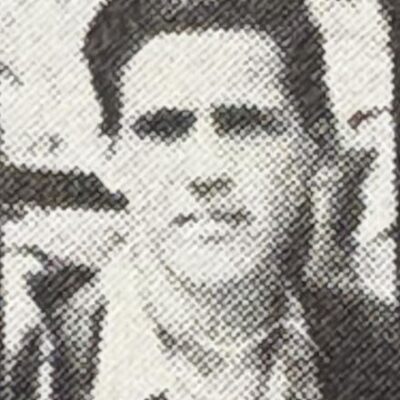
ŽIVOTA NEIMAREVIĆ*, son of SAVA; born on November 8, 1920, in Mostar. Tailor by trade. His father Sava was a […]
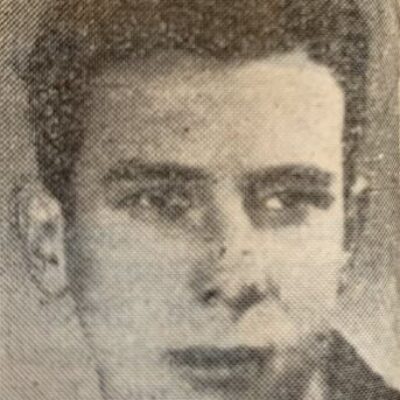
OSMAN NOŽIĆ, son of AHMED, born on July 21, 1924, in Mostar, locksmith. Member of the Communist Youth League (SKOJ) […]
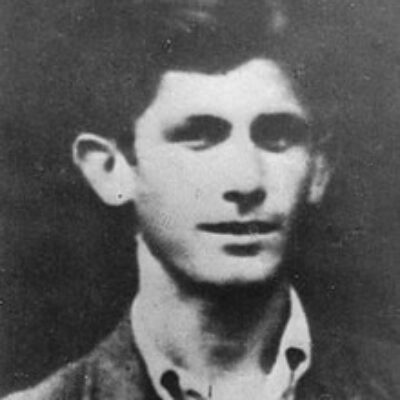
ŠEFIK OBAD, son of OMER, born on February 20, 1923, in Blagaj near Mostar. He completed elementary school in his […]
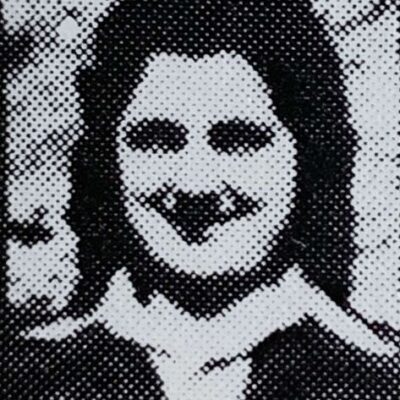
SOFIJA SOFKA ONEŠĆUK*, daughter of JAKOV, born on July 27, 1926, in Grude, employed as a clerk at the Tobacco […]
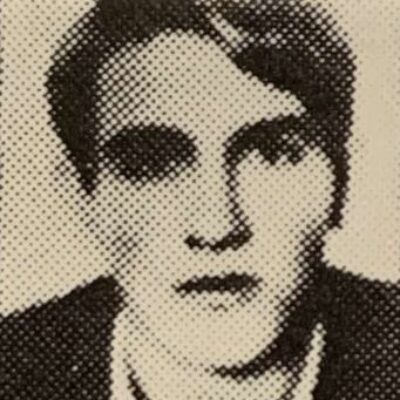
MIROSLAV MIRKO ONEŠČUK*, son of JAKOV, born on February 16, 1923, in Gorica near Grude. He was a student at […]
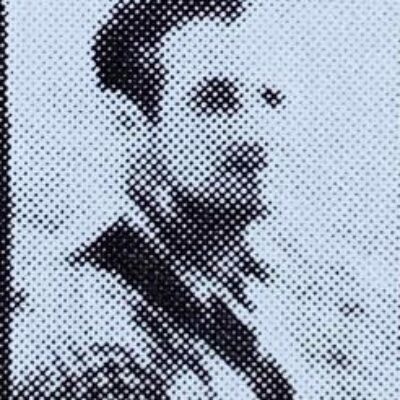
ZVONIMIR “ZVONKO” ANTON IVAN ORLIĆ, son of JOSIP, born on December 11, 1910, in Pula. Photographer. Activist of the National […]